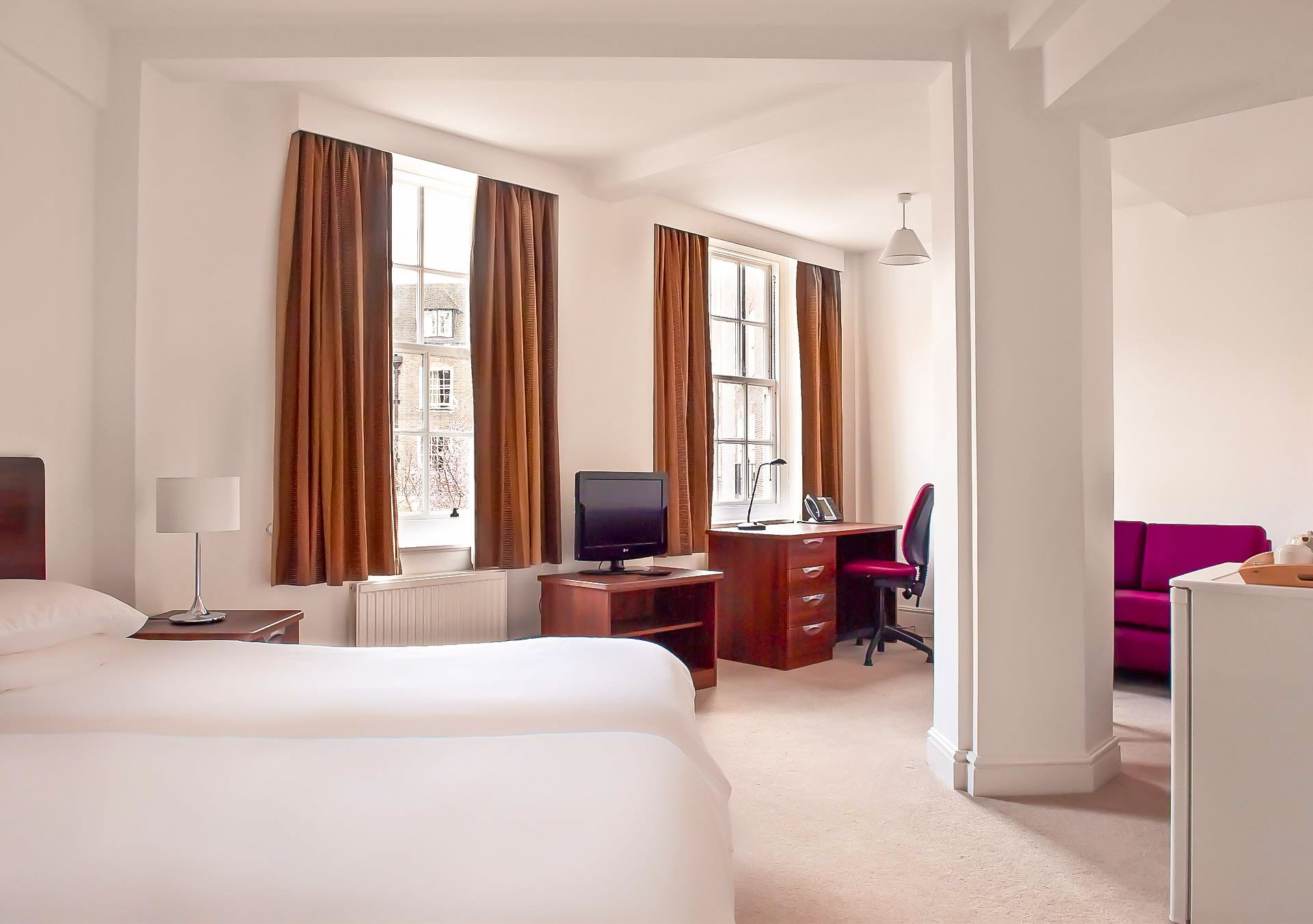Bed & Breakfast accommodation in UK University Colleges
A great value alternative to a cheap hotel, B&B or hostel. Not just for students - anyone can book!
Bed and breakfast or self-catering rooms
We bring together over 100 universities, colleges, and student residences in 30+ UK cities, which use us to fill their empty rooms during the Summer, Christmas and Easter holidays. Whether you are aged 18 or 80, you'll find this a suprisingly convenient and affordable accommodation option.
Long-stay student accommodation
Are you a student looking for accommodation for a month, a term or a year? Some rooms in London are available to students on a long-term basis - a great alternative to UK hostel.
Superb! A wonderful stay in the magical surrounding of Christ Church College. Room was just right for my needs, whilst the breakfast in the hallowed surroundings of the Great Hall was just superb and set me up for the day. A special mention to all the College staff I encountered, Courteous and helpful and very professional...
Highly recommended!
Review of Christ Church, Oxford
